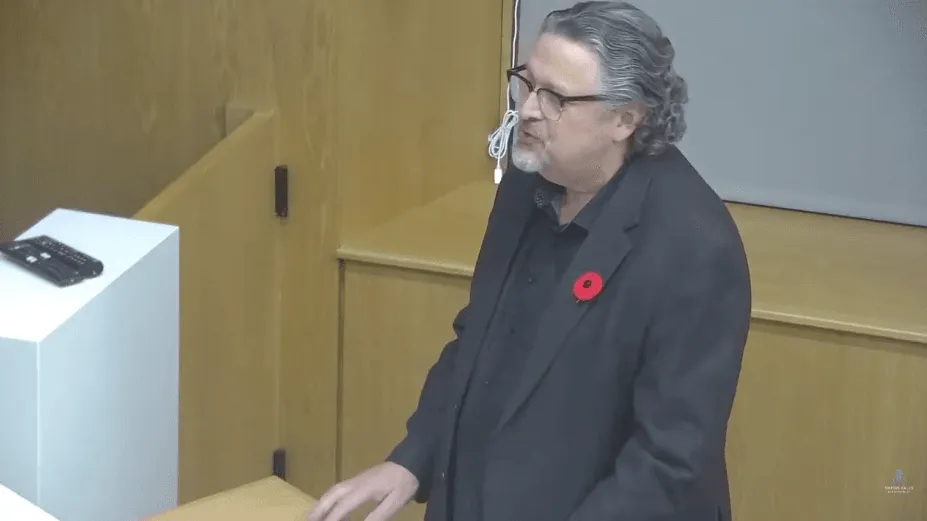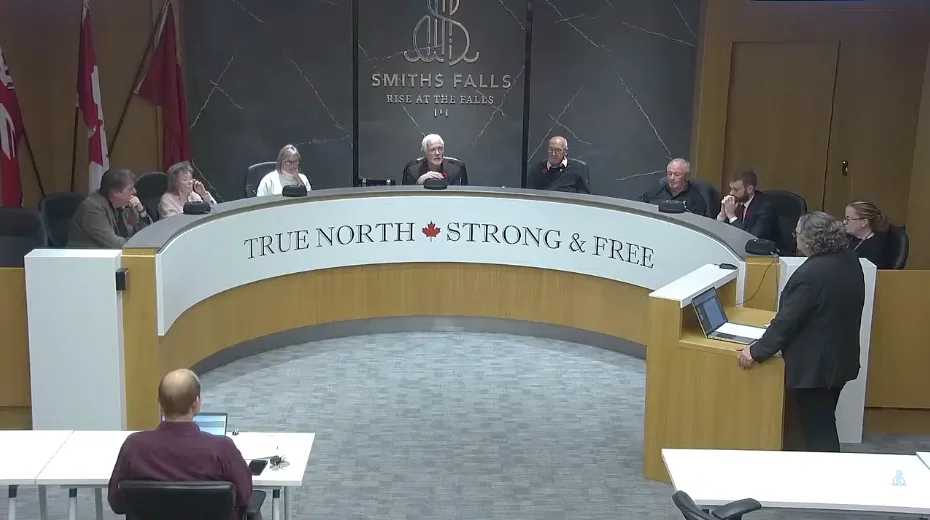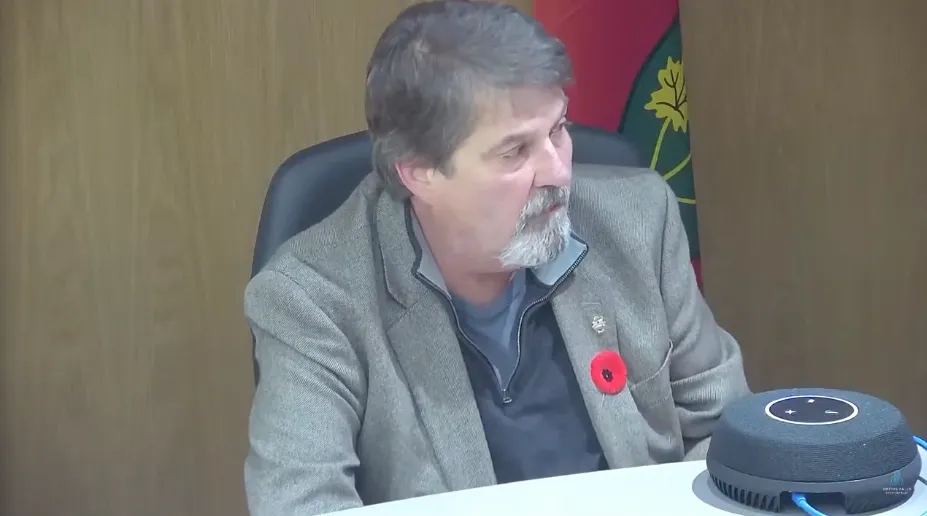Smiths Falls council projects debt repayments reaching $3.4 million by 2028
SMITHS FALLS — Smiths Falls is preparing for a steep increase in annual debt payments as several major infrastructure projects move ahead, council heard Monday.
Treasurer Paul Dowber presented updated long-term projections during the Nov. 10 committee of the whole meeting. The town currently carries $14 million in debt, with $1.5 million in annual repayment costs. As Smiths Falls council proceeds with upcoming capital builds, annual repayment costs are forecast to rise to $2.1 million in 2026, $2.6 million in 2027, and $3.4 million in 2028.
Dowber said he brought the report forward ahead of budget talks “to give council a bit of time to digest” the long-range impacts rather than “overwhelm” the budget process.
“The purpose tonight is building on our momentum to look at longer-term budgets and project out what the needs are for the town,” he said.
Major project costs
The list of big-ticket items includes:
- Water tower (2026): $5.0 million
- Public works building (2027): $9.0 million
- Trunk line upgrade (2028): $12.75 million
Dowber said the town also needs to debenture previously approved capital work already completed, including:
- Beckwith Street Phase 2 ($332,121)
- Lombard and Abbott reconstruction ($282,028)
- Cornelia Street ($183,328)
- Catherine Street ($674,302)
- Town hall renovations ($857,758)
Those projects were temporarily carried on the balance sheet as unfunded capital until financing is finalized.
“It’s basically an internal interest-free loan,” Dowber explained. “The idea is to replenish those reserves once the debentures are issued.”
Impact on taxes
If the new borrowing proceeds, the projected tax levy increase tied to debt would be:
- 2.2% in 2026
- 2.7% in 2027
- 3.8% in 2028
“This would be the starting point for levy increases in those years,” Dowber said. “There’s time between now and then for grants or interest rate changes.”
He added the town may use shorter-term interim financing through RBC to allow flexibility if interest rates drop.
Mayor Shawn Pankow said while the projected jump may appear large, the town is well-positioned because it held off borrowing for the past decade.
“We would have had to increase taxes much more in the past if we wanted to build reserves large enough to pay cash for these big-ticket items,” Pankow said. “Taking on this debt now, with much more tax revenue, won’t have the same burden.”
He noted the projections do not include the proposed new recreation complex, calling that cost “a much bigger number.”
Coun. Jay Brennan said the community’s growth provides confidence in the timing of capital investment.
“I don’t see any dark clouds in terms of our growth,” he said. “We’re growing into a vital community. This is something that is good to know before we start talking about the budget.”
Dowber said the town may need to adjust its self-imposed debt ceiling of $2.6 million in annual repayment costs by 2028. The provincial limit is higher at $5.4 million.
“There are a number of things that can change between now and 2028,” Dowber said. “Through Infrastructure Ontario it’s good to lock into those low rates, but in the meantime, we do have some other options and I’m waiting on some information to come back.”
Dowber clarified that the figures are a starting point for long-term budget planning. Future borrowing, project timing and any related tax impacts will be decided during budget deliberations once grant opportunities, interest rates and final costs are known.
Stay up to date—check out the latest Smiths Falls news.
Follow Smiths Falls council on their Youtube channel.







